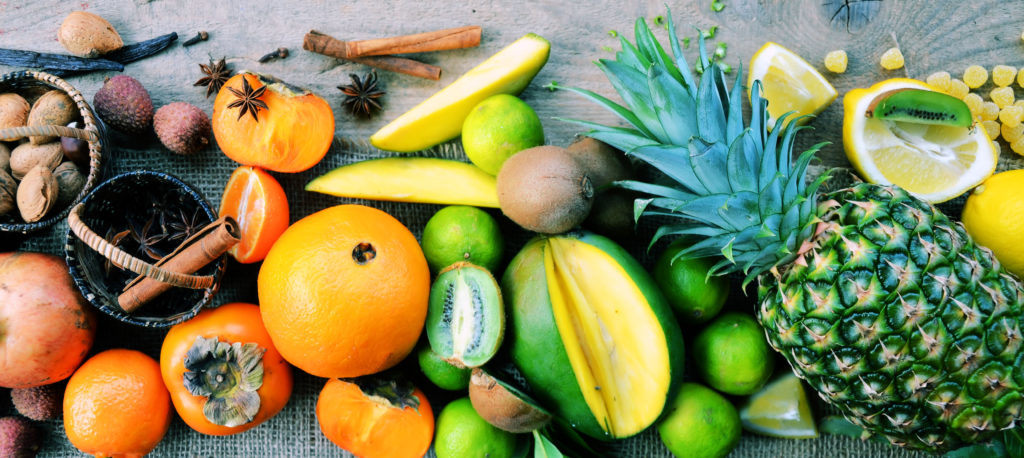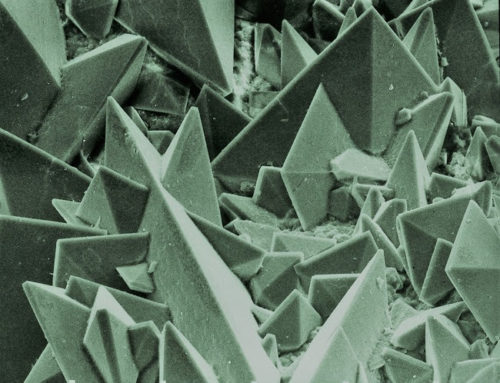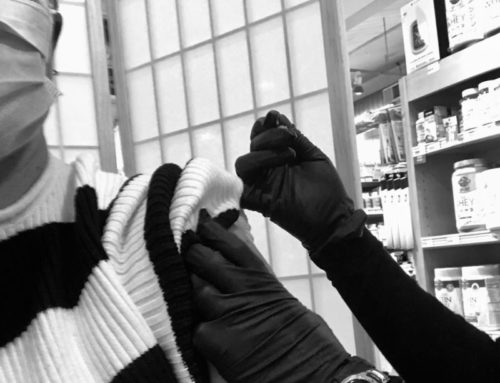October is here, which means it is our chance to highlight breast cancer awareness. It’s time to think about how we can shift the thinking about this often devastating disease. Many women feel like they may face this inevitable diagnosis in their futures. They consider preventative surgery or think about family history, but they often do not feel empowered to step into what I call “radical prevention.”
Stats
Breast cancer will affect 1 in 8 women, or 12% of women. It is expected that in 2020 there will be over 276,000 new women diagnosed with breast cancer and 2,620 men, which is 1 in 883.
In the US, death rates from breast cancer are higher than for any other type of cancer other than lung cancer. As of 2020, there have been 3.5 million women with a breast cancer diagnosis. Surprisingly, only 5-10% of breast cancer diagnoses will be linked to BRCA1 and BRCA2 gene mutations, which means that up to 90% of cancer diagnoses are due to other causes. Most important to know is that 85% of breast cancers occur in women without a family history of breast cancer.
Radical Prevention
Once breast cancer is treated and women are deemed tumor-free, they are often left with big questions as to how to proceed after surgery, chemo, and radiation. The answer to this question is the same as “how do we protect ourselves and prevent this from happening to us?” Radical prevention.
Breast cancer is an environmental disease, meaning its cause, if not genetic, has its basis in the break down of the immune system due to chronic exposures to chemicals, lifestyle choices, and foods that encourage tumor growth. Clean air, food, and water are our best allies to preventing this illness from knocking on our door. It is worth doing a quick inventory of what has changed in these areas in the last few hundred years:
- Airplanes
- Artificial colors and sweetness
- Cars
- Cell phones and computers
- Chronic stress
- Computers
- Electrical lighting
- High fructose corn syrup
- GMOs
- Pesticides
- Prescription medications
- Refined foods
- Fragrances in every product we purchase
- Synthetic chemicals
- Trans-fats
- Vaccines
- Packaged/convenience foods.

How is a body able to remain resilient in the face of these low dose chronic exposures? Our interactions with the environment is the number one important variable between us and the development of cancer.
- A whole foods, fresh diet that is nourishing with sufficient vitamins, minerals and macronutrients.
- Improving our microbiome with fermented foods and probiotics.
- Eliminating sugar.
- Managing of stress.
- Good sleep hygiene, including getting at least 7-8 hours per night.
- Getting sunlight exercise and love.
The above sound simple, yes, but they are critical to help your body flourish. This wards off the unchecked cellular growth that can lead to tumor formation. While there is not one specific pill for prevention – this above list of recommendations functions as radical prevention. Fixing the terrain where cancer wants to live is squarely in our control.
Here are some more prevention tips:
- Cruciferous vegetables provide antioxidants, fiber and specific anti-cancer phytochemical that are potent protectors of our cells. Eating 7-9 servings of vegetables per day is a prerequisite for prevention.
- Vitamin D levels are a factor in both treatment and prevention of breast cancer. Keeping your levels between 60-80 is ideal.
- Purchase animal products from local farms that do not use antibiotics, chemicals, or hormones, and are grass-fed.
- Eat healthy fats liberally! Olives, eggs, nuts/seeds, olive oil, coconut oil, and avocados.
- Eliminate exposure to any substance that has fragrance or synthetic ingredients, such as personal care products and cleaning products for your home.
- A monthly self breast exam is vital to you knowing what is new in your breast tissue and what is there and unchanging. Ideally, do this right after your menstrual flow about the same time every month. Breast tissue can be dense, nodular, or fibrous but still healthy. Put your fears aside and practice getting used to what you feel. I know it is scary sometimes. If you feel a lump, please bring it to your provider’s attention so you can find the best diagnostic course for you, i.e. mammogram, thermogram, or ultrasound.
- Eliminate sugar, period.
- Manage stress levels through exercise, meditation, singing, laughing, and getting support from friends or therapists. Make an accurate assessment of what is in your control to change and what is not, and give up the struggle with what is not in your control and focus on what is in your control.
- Get outside. Let the trees speak to you and support your worries. Then, get in bed early and drift off sweetly.
Your in Health,
Dr. Mary Shackelton



